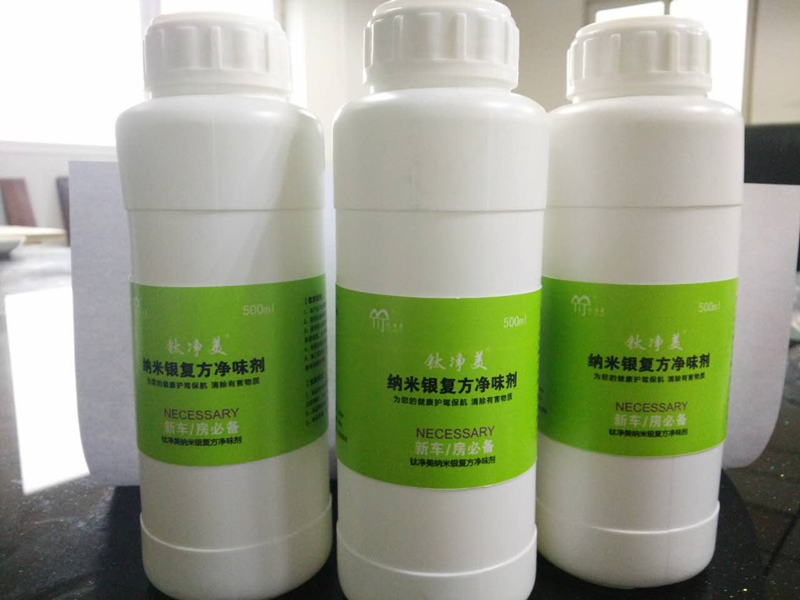High voltage electrostatic circulating water manufacturers to explain to you, pesticide wastewater refers to the pesticide factory in the process of pesticide production wastewater discharge. The quality and quantity of wastewater are not stable. It is mainly divided into:
① Benzene containing wastewater: 3-4 tons of wastewater will be discharged from the production of 1 ton of HCH, with the benzene content of 1500-2000 mg / L, which can be treated by distillation and coal gangue slag adsorption;
② Wastewater containing organic phosphorus: cod is more than 10000 mg / L and organic phosphorus is about 1000 mg / L. the organic phosphorus in wastewater can be recovered by extraction or distillation method, and then treated harmlessly by biological method;
③ High concentration salty wastewater: producing 1 ton of dichlorvos produces 5-7 tons of wastewater, which contains tens of thousands of mg / L of COD, 1000 mg / L of organic phosphorus and about 0.6% of toxic substances of dichlorvos, which are treated by concentrated incineration method or wet oxidation method;
④ High concentration phenol containing wastewater: firstly, the phenol content is less than 300mg / L by extraction method, and then treated by biochemical method or chemical oxidation process;
⑤ Mercury containing wastewater: the wastewater is acidic, and the syntham is dissolved, which can be used for sulfide precipitation treatment. In recent years, reverse osmosis and activated carbon biofilm processes have been used to treat pesticide wastewater. Some countries have banned the production of organochlorine pesticides such as BHC and organomercury pesticides. The fundamental way to prevent pesticide pollution is to actively study microbial pesticides. Feature editor
There are many kinds of pesticides and the quality of pesticide wastewater is complex
1. The concentration of pollutants is high, and the chemical oxygen demand (COD) can reach tens of thousands of mg / L;
2. In addition to pesticides and intermediates, the wastewater also contains toxic substances such as phenol, arsenic, mercury and many other substances that are difficult to degrade;
3. It has malodorous odor and irritation to human respiratory tract and mucous membrane;
4. The water quality and quantity are not stable. Therefore, the pollution of pesticide wastewater to the environment is very serious.
